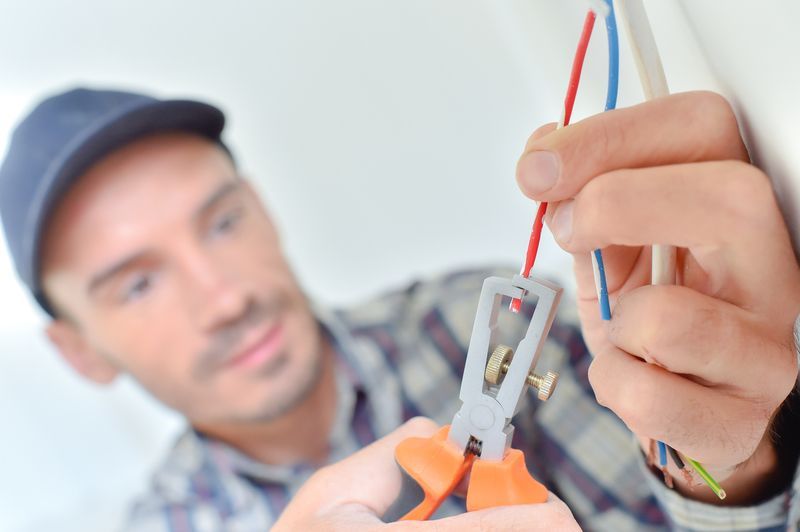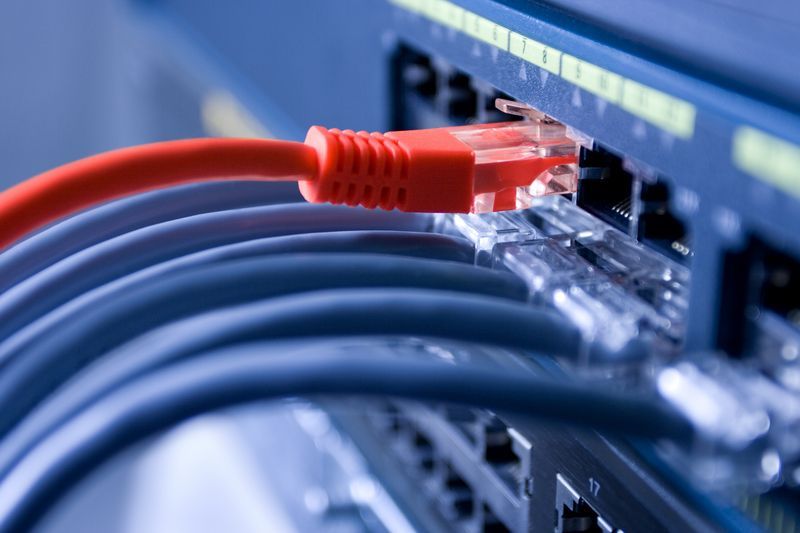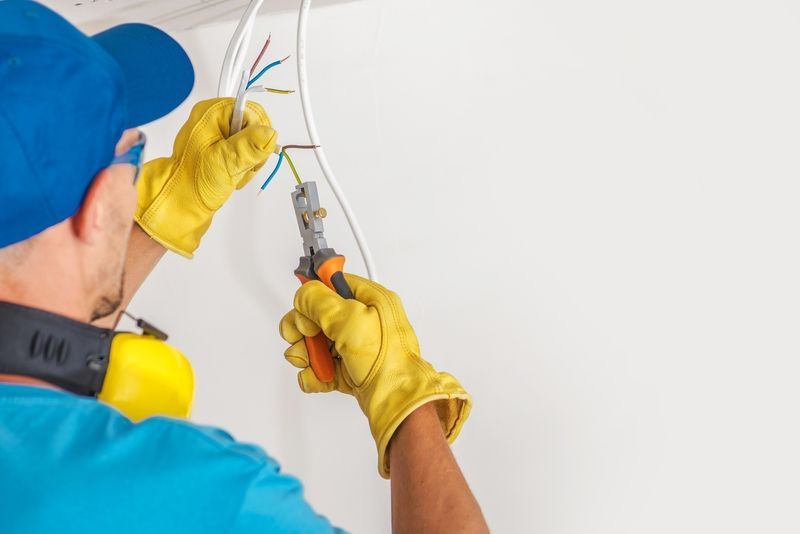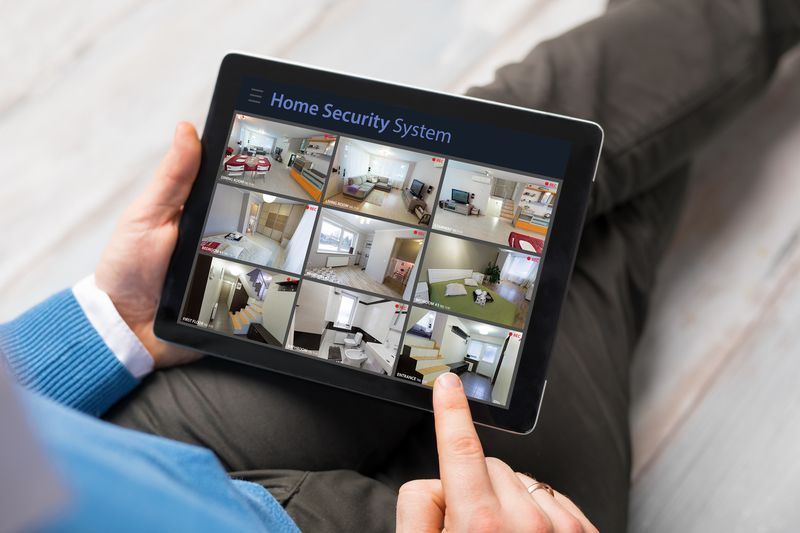Choosing the right business surveillance system is a critical decision for any business owner, one that can safeguard assets, deter criminal activity, and provide a sense of security for both customers and employees. The complexity of today’s market, with its plethora of options and technical jargon, can make this process seem daunting. Understanding what to look for in a surveillance system is vital, and this guide aims to equip you with the knowledge necessary to make an informed decision tailored to your business’s specific needs.
Assessing Security Priorities
Before plunging into the sea of surveillance system options, it is essential to define what you wish to monitor and protect. Every business has its own set of security concerns, which might range from safeguarding high-value inventory to ensuring the safety of its staff. Consider the size of the area that requires surveillance, the number of locations to monitor, and the level of security that is essential for your peace of mind. Identifying these priorities will considerably narrow down the choices and allow you to focus on systems that align with your specific requirements.
Analog Versus IP Cameras
The foundational choice between analog and IP cameras is often where many business owners start. Analog cameras are traditional, operate over coaxial cables, and are known for their reliability and lower initial cost. However, they tend to have lower image quality compared to their modern counterparts. IP cameras, on the other hand, transmit digital video over a network, offer higher resolution images, and come with more advanced features. While typically more expensive upfront, IP cameras can provide more scalable, flexible, and higher-quality surveillance solutions.
Camera Resolution and Image Clarity
Resolution is a critical aspect of your surveillance system as it directly affects the ability to clearly capture an incident or identify an individual. Cameras today can range from standard definition to high-definition (HD), with resolutions of 720p, 1080p, or even 4K. Bear in mind that higher-resolution cameras require more storage space and may necessitate a more robust network infrastructure, especially if the system comprises several cameras.
Night Vision and Environmental Adaptability
The effectiveness of a surveillance system after dark rests heavily on the quality of its night vision capabilities. Infrared LED technology enables cameras to capture clear footage even in complete darkness. In addition, consider the environment where the cameras will be installed. For outdoor areas, cameras must be resilient to weather conditions and possibly vandalism, which means looking for durable, weatherproof, and vandal-resistant models.
Motion Detection and Alerting Features
Motion detection is a sophisticated feature that triggers recording when it detects movement within the camera’s field of view, providing an efficient way to conserve storage space and focus attention on potentially critical events. More advanced systems can send real-time alerts to a connected device, allowing for immediate response to any suspicious activity. When choosing a system with motion detection, evaluate the sensitivity settings and the ability to customize detection zones to reduce false positives.
Remote Access and Management
In today's interconnected world, the ability to remotely access your surveillance footage can provide immense value. Modern surveillance systems often come with software or apps that allow you to view live or recorded footage from anywhere at any time, as long as you have an internet connection. This flexibility ensures that you stay informed and in control of your security, regardless of your location.
Storage Solutions and Data Management
Surveillance footage needs to be stored for review and, if necessary, used as evidence. Consider the storage options available, which can include local storage on hard drives, Network Attached Storage (NAS), or cloud-based solutions. Each has its advantages and considerations, including capacity, cost, and data security. Cloud storage, while convenient and scalable, typically comes with recurring costs, but offers easy access and reduced hardware maintenance.
Scalability and Future-Proofing
As businesses grow, their security needs can change. Investing in a surveillance system that allows for easy expansion is wise to accommodate future growth. Check whether adding more cameras or integrating additional security features will be a simple process. Ideally, the system should be compatible with new technologies that might emerge, preventing the need for a complete overhaul as advancements are made.
Installation and Maintenance
While evaluating the technical specifications is vital, the practical implications of installing and maintaining a new surveillance system should not be overlooked. Installation can range from simple DIY projects for small businesses to complex, multi-site deployments that might necessitate professional installation. Regular maintenance of the system is also necessary to ensure its reliability and longevity. Therefore, factor in these ongoing costs and consider the availability of technical support from your system provider.
Balancing Cost and Quality
Finally, the cost is a significant factor in choosing a surveillance system. It is crucial to balance the initial investment against the long-term benefits and potential cost savings from deterred theft or vandalism. Quality should not be compromised for the sake of economy, but there is no need to overpay for features that your business may not require.
Investing the time to carefully consider the above factors can lead to a clear decision-making process when choosing a business surveillance system. The right system will provide a strong foundation for the security and monitoring needs of your business while ensuring that you have the flexibility to adapt as your business and security needs evolve. With diligent research and thoughtful consideration, your investment in a surveillance system can yield a safer and more secure future for your business.
Ensure your business is safeguarded with the latest in surveillance technology. Our team specializes in providing tailored security solutions that meet your specific needs. From professional installation to ongoing support, we're here to help your business stay protected. Contact us today to schedule a consultation and discover how we can enhance your security infrastructure.










